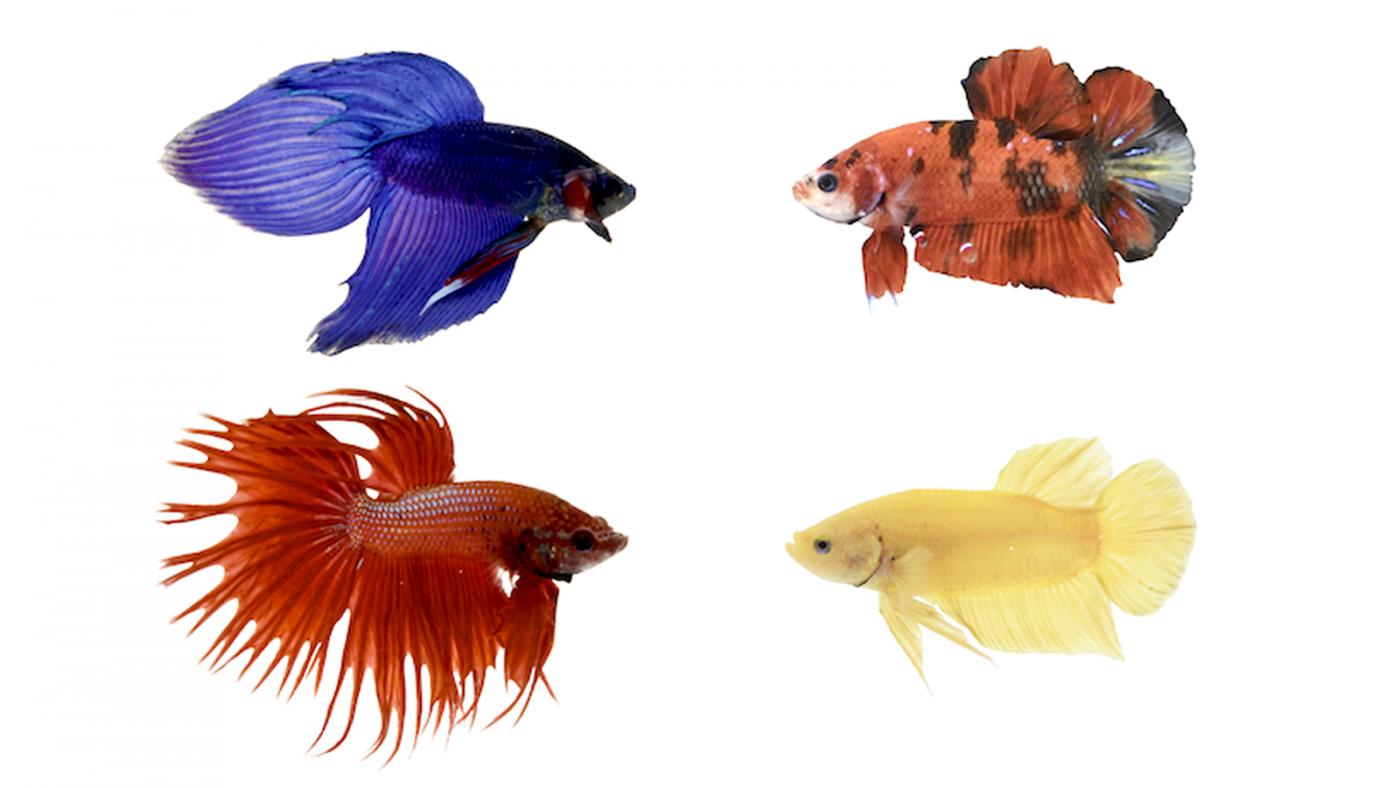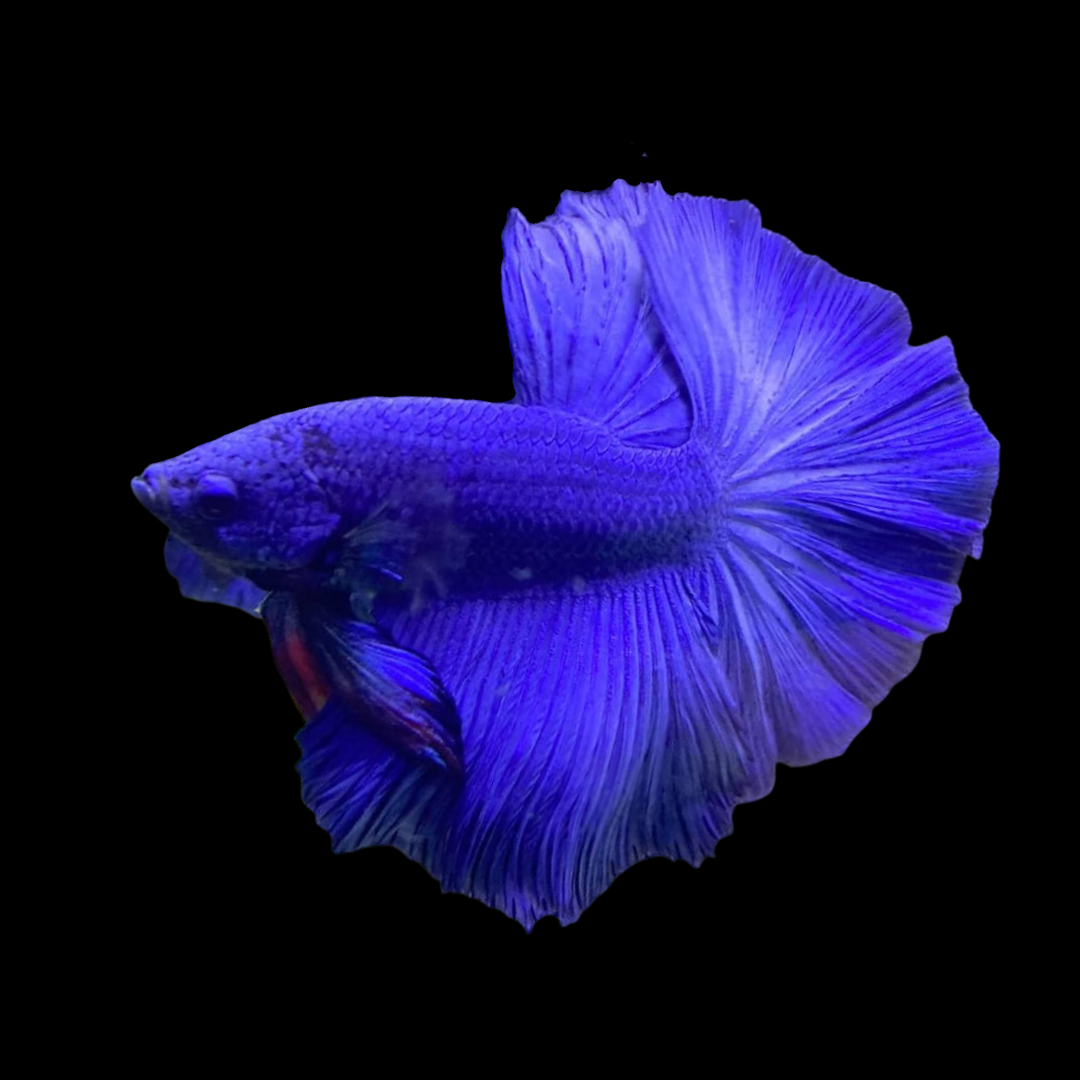Betta Fish Treatment: Necessary Tips for a Healthy and Satisfied Family Pet
Betta Fish Treatment: Necessary Tips for a Healthy and Satisfied Family Pet
Blog Article
Breeding Betta Fish: a Comprehensive Step-By-Step Guide to Efficiently Raising Baby Bettas From Eggs to Their Adult Years
Breeding Betta fish is a precise undertaking that requires cautious preparation and implementation to ensure the successful development of fry from eggs to develop fish. As the male Betta vigilantly constructs a bubble nest and guards the precious eggs, the succeeding stages of care and shift demand attention to detail and understanding of best practices.

Choosing Breeding Pairs
When embarking on the journey of reproducing Betta fish, picking the right reproduction pairs is vital to achieving desirable qualities and a healthy family tree - betta fish. The initial step in this process is to identify the specific characteristics you wish to improve or preserve, such as shade, fin type, and body form. It is important to select genetically diverse sets to avoid inbreeding, which can bring about health and wellness issues and unwanted qualities
Examine potential reproducing prospects carefully. A healthy and balanced male Betta needs to exhibit dynamic shades, an energetic attitude, and well-formed fins, while the female should also show lively coloration and a rounded stubborn belly, showing preparedness for spawning. Observing the character of both fish is important, as hostile or extremely timid people might not reproduce successfully.
Documentation of family tree is equally important. Maintaining documents of the moms and dad fish's ancestry can aid you track genetic attributes and prospective problems. Furthermore, consult trustworthy breeders or on-line resources for assistance on picking compatible pairs. Eventually, spending time in the selection procedure will significantly boost the likelihood of producing solid, dynamic spawn that meet your breeding goals (betta fish).

Preparing the Breeding Storage Tank
Producing an optimal reproduction setting is a vital step after choosing suitable sets for Betta fish. The breeding container need to be specifically created to give convenience and stimulate the all-natural reproduction habits of the fish. Begin with a tank size of at the very least 10 gallons to ensure ample space for both the man and female Bettas.
Maintain a mild filtering system to maintain the water clean while staying clear of strong currents that can stress the fish. Furthermore, an air stone can be added to supply oxygenation without interfering with the water surface excessive.
Temperature level policy is critical; go for a stable series of 78-82 ° F(25-28 ° C) making use of a trustworthy heating system. The pH degree must be maintained in between 6.5 and 7.5, and regular water changes are essential to ensure high water high quality.
Include drifting plants or generating sponges to create hiding areas for the woman, while also motivating bubble nest building by the man - betta fish. Guarantee the storage tank is free from sharp decors and any possible dangers, as the well-being of the fish ought to constantly be focused on throughout this essential stage of reproduction.
The Reproduction Refine
Normally, the breeding process for Betta fish involves a collection of distinct and observable habits that indicate readiness for reproduction. The male Betta begins by building a bubble nest at the water's surface, which works as a website for the fertilized eggs. This nest is important, as it gives a safe atmosphere for the eggs till they hatch.
When the nest is developed, the male will display courtship actions, such as flaring his fins browse around here and showing vibrant colors to attract the female. The lady, upon picking up the male's readiness, will react by presenting vertical stripes along her body, indicating her receptiveness.
When the women approaches, the male takes part in a mating dancing, usually bring about a welcome understood as the "spawning." During this embrace, the female launches her eggs, which the male fertilizes immediately. The fertilized eggs then are up to the bubble nest, where the male thoroughly accumulates and returns them to the nest. Following this, the male assumes responsibility for securing the nest and guaranteeing the safety of the eggs up until they hatch out, typically within 24-36 hours. This phase is important in the reproducing procedure, laying the structure for successful fry development.
Caring for Betta Fry
Caring for Betta fry requires cautious attention to their atmosphere and nutrition to make sure healthy development and advancement. After hatching out, Betta fry are exceptionally tiny and prone, necessitating a secure and tidy habitat.
Feeding Betta fry is equally crucial. Initially, they must be provided infusoria or carefully crushed high-grade fry food, as their mouths are also small to manage larger bits. As they expand, you can progressively present bigger foods, such as infant salt water shrimp or powdered flakes, to ensure they receive appropriate nutrition. Feed them tiny quantities several times a day, being cautious not to overfeed, which can cause water high quality problems.
Transitioning to Grownup Bettas
As Betta fry fully grown, transitioning them to adult Bettas is an essential phase that calls for cautious monitoring of their atmosphere and social interactions. This procedure normally starts when the fry reach around 6 weeks old, whereupon they can be gradually introduced to an extra organized living atmosphere.
To facilitate this change, it is vital to ensure that the water parameters-- such as temperature level, pH, and ammonia levels-- are optimal and stable. Adult visit here Betta fish thrive in warm water (around 78-80 ° F) with a pH of 6.5 to 7.5. Progressively accommodate the fry to these problems check my source to minimize stress.
Social communications are an additional key factor; man Bettas are infamously territorial and hostile. It is a good idea to different men into private tanks as they grow. Women Bettas can be housed together, yet care ought to be taken to keep an eye on for indications of aggression.
Furthermore, dietary adjustments need to be made as the fry grow. Incorporate top notch pellets and live foods to support their growth and health. By taking care of these aspects successfully, you can promote an effective transition to adulthood for your Betta fish.

Verdict
Effective breeding of Betta fish requires careful attention to information throughout the entire process, from selecting genetically varied sets to providing optimal take care of fry. By ensuring appropriate breeding conditions and keeping water top quality, the probability of healthy children increases substantially. In addition, a well balanced diet regimen and progressive adjustment to adult environments are important for the development and growth of Betta fish. Following these actions faithfully cultivates a flourishing population of Betta fish, boosting both their health and wellness and vigor.
Report this page